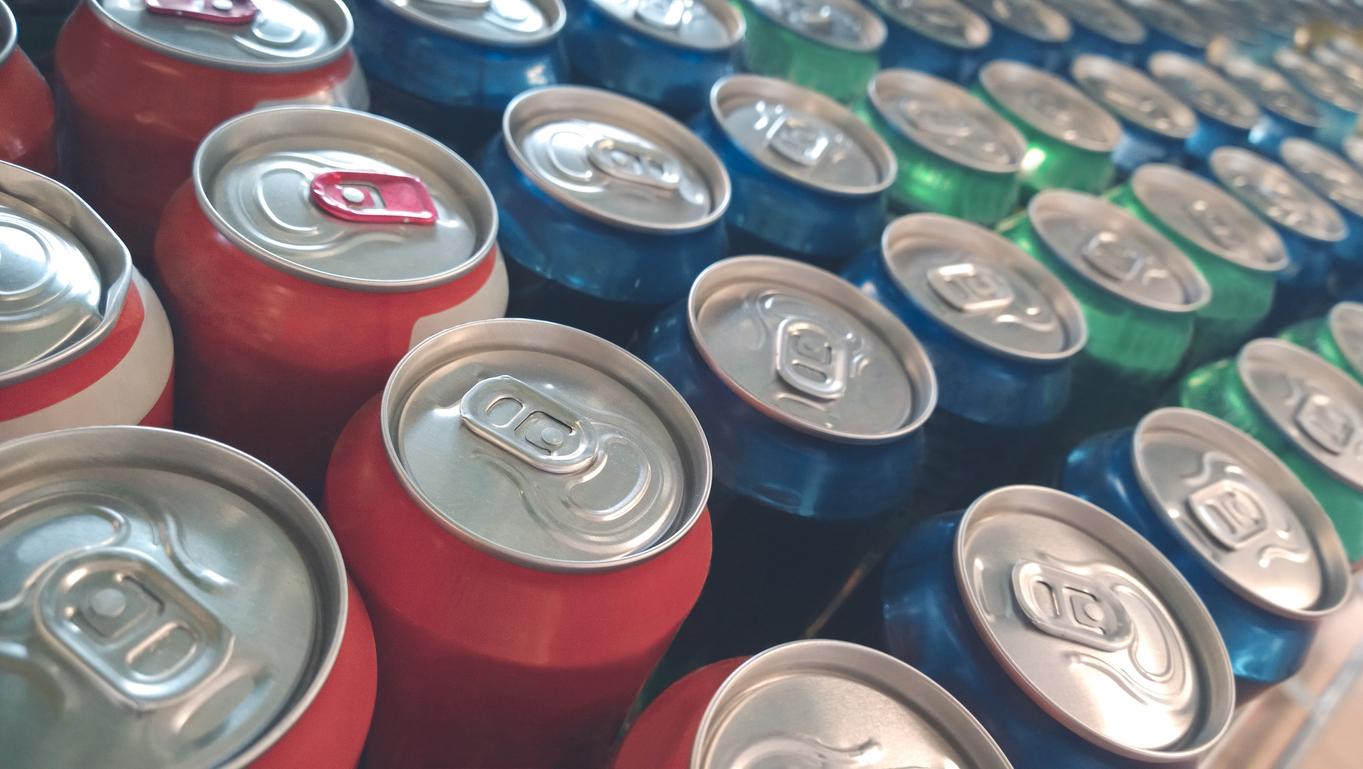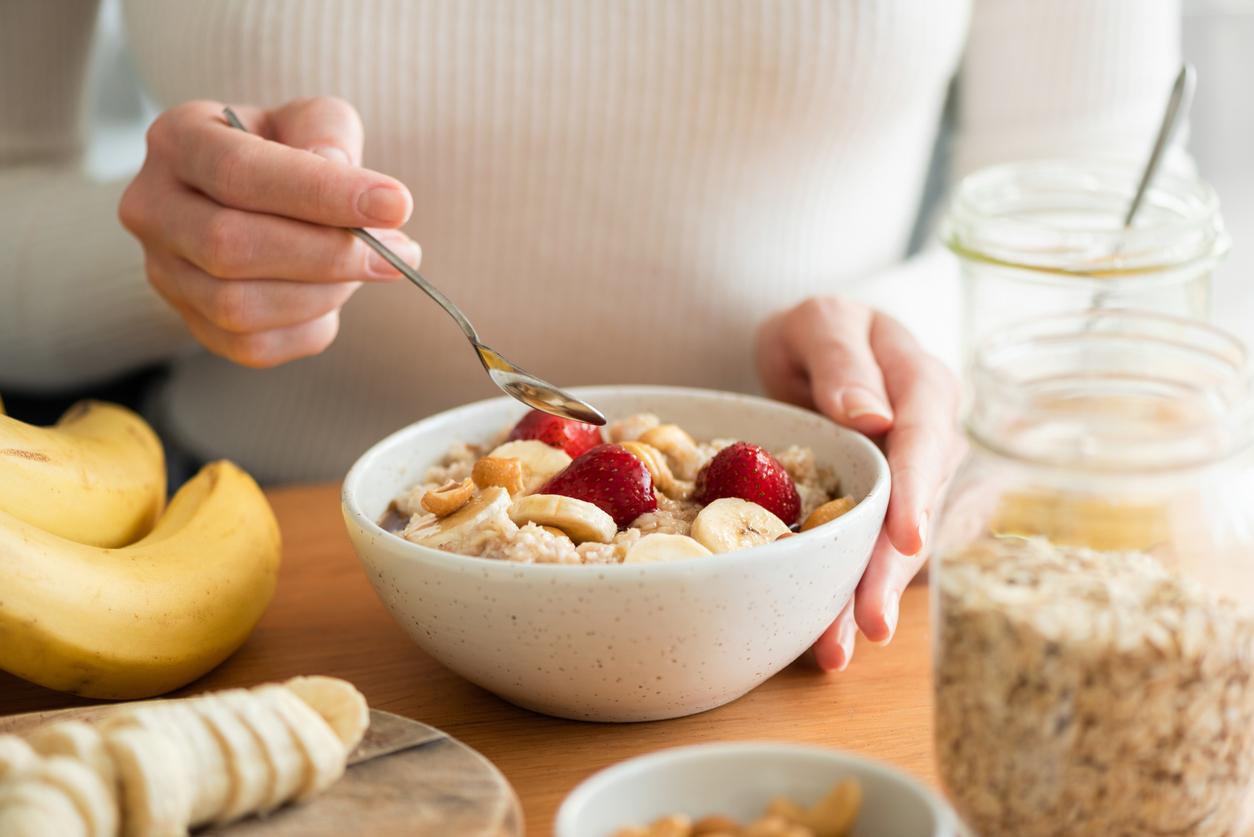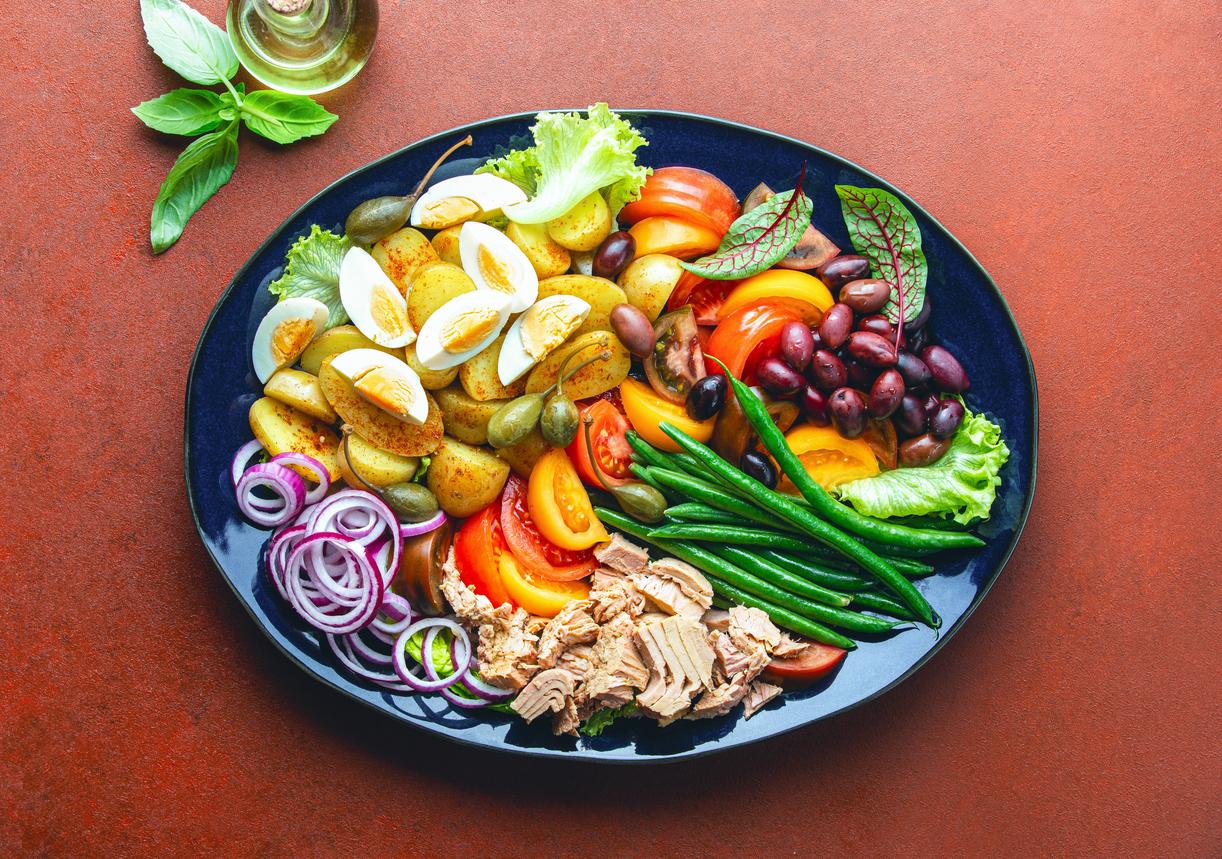The Minister of Health has ruled. Nutrition labeling will be the 5-color logo. From green to red, it judges the ratio between good and bad nutrients.

5 colors, from green to red, to guide the consumer. The Minister of Health finally ruled on the issue of simplified nutrition labeling. After more than a year of debates, negotiations and experiments, Marisol Touraine chose the Nutri-Score logo – also known as 5-C for 5 colors. The announcement, made in the columns of the Parisian, marks the end of a process lasting more than a year.
This March 15, the conclusion of Marisol Touraine is clear. The Nutri-Score logo, which rates foods on a nutritional scale from green to red, stands out clearly. It is based on the FSA score, which takes stock of the “good” nutrients and the more harmful ones. The choice will be confirmed by decree during the month of April.
Three efficient systems
Since the adoption of the law to modernize the health system, the choice of simplified nutritional labeling has become a real obstacle. After intense lobbying from representatives of the agro-food industry, the ministry agreed to compare the different logos (see box).
The Minister of Health’s decision is based on two studies. The first was carried out “under real purchasing conditions” between September and December 2016. The experiment, carried out in 60 supermarkets, compared 4 labeling systems in different departments. For 10 weeks, customers from several supermarkets shopped under the watchful eye of researchers.
The results are positive. Three systems (Nutri-Couleurs, Nutri-Score, SENS) have “unambiguously a positive effect” on customer behavior. Nutri-Score is distinguished by continued discrimination on the cheapest products. A strong point, since the health authorities wish to reach the populations most affected by overweight, those with the lowest incomes. The inequalities are glaring: 15% of children of workers are overweight against 7% of children of managers, according to Drees.

Conclusive results
A second study was conducted in the laboratory for two months, with 809 participants. A team from the University of Grenoble (Isère) simulated a purchasing environment. All the participants had to put together shopping baskets for 48 hours with or without simplified labeling.
Here again, Nutri-Score changes decisions, particularly on the most disadvantaged third of consumers. Conversely, SENS and Nutri-Repère have no impact on this category.
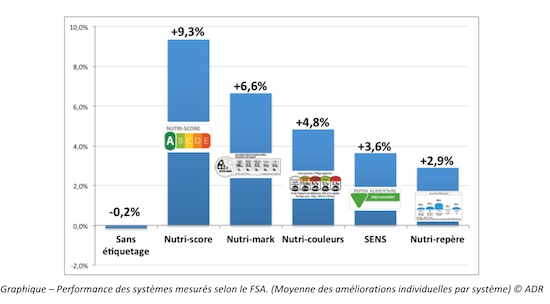
These results have visibly convinced the Minister of Health. But Marisol Touraine recalls it in The Parisian : the goal is not to “banish the pleasure of eating” but to orient customers towards the healthiest products. “The idea is not to tell people to choose between a yogurt and a pizza but to tell them which of the pizzas (…) is the least fatty and salty”, illustrates Marisol Touraine. No offense to the National Health Security Agency (ANSES), which recently pointed out the lack of effect of logos on overall eating behavior.
A major question now remains: will the food industry apply this optional logo to its packaging? Nothing is less certain, given the energy it has developed against the Ministry of Health. Marisol Touraine is betting on consumer pressure.
Five logos with different approaches
Five simplified nutrition labeling systems were compared under real purchasing conditions and in the laboratory. Two express the overall results of the prepared product: Nutriscore, developed by the nutritional epidemiology research team (Inserm), and SENS, submitted by the Federation of Commerce and Distribution. Two others focus on the impact of the main nutrients on health (Nutricouleurs and Nutettrepère). They are derived from systems already in place, for example in the United Kingdom. A fifth score is added to this, applied in Australia: Health Star Rating.
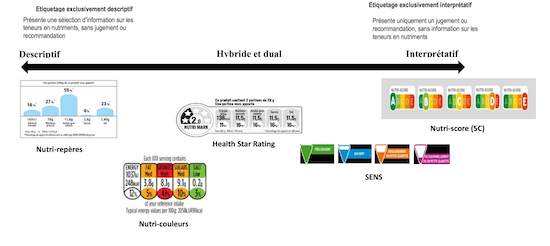
.







